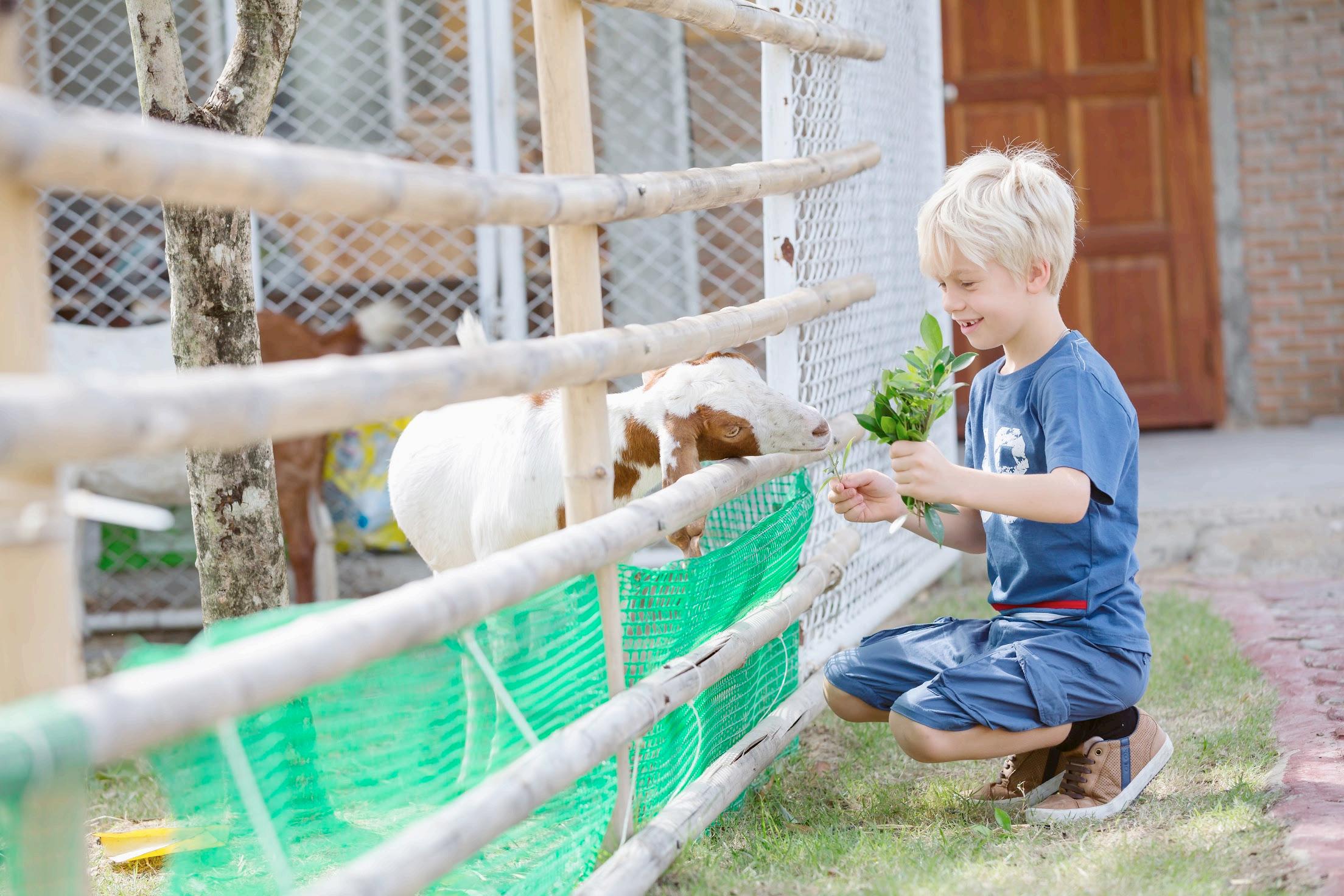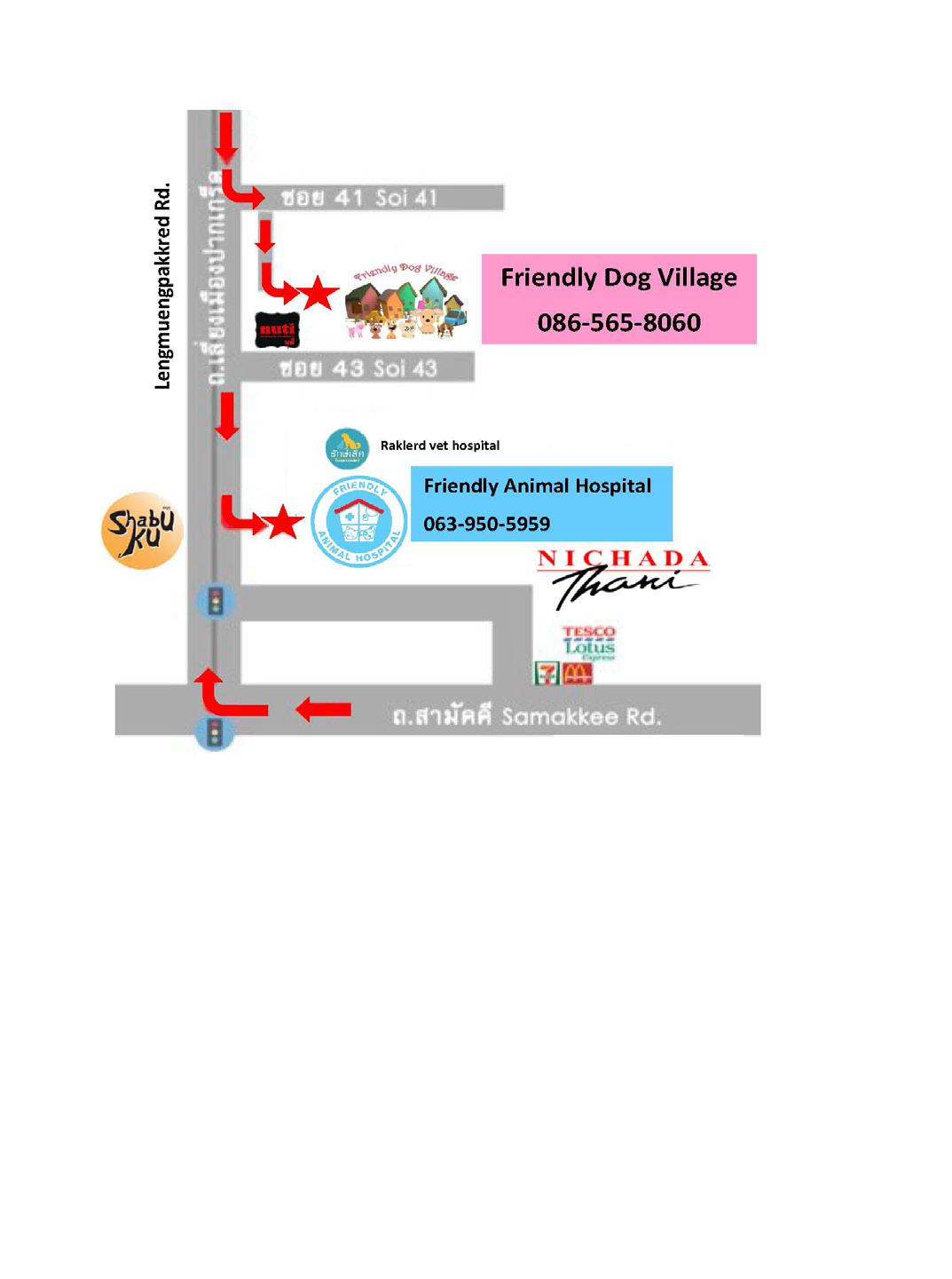
8 minute read
Feature: Culture Corner
Aniconic Buddhist Symbolism Representing Buddhism Without Idols or Images
Thani Talk 4 2 March 2020 Lotus buds, flowers and even their floating round large leaves are everywhere in Thailand, appearing plentiful in images and growing beautifully in rivers, klongs, ponds and pots. You can’t go wrong photographing a lotus flower; every shot is a work of art. But have you ever wondered about its significance and why it’s such an inherent symbol of Thailand and Asia?
Advertisement
This month’s Culture Corner article is another scavenger hunt of sorts, and after reading it, you may have a deeper appreciation for the quintessential flower. The lotus flower is one of many things known to artists and historians as an “aniconic” symbol that represents Buddhism. Here, the term refers to an item that symbolizes or suggests rather than literally representing something in a human form.
The earliest surviving Buddhist art represents Buddha only as symbols such as an empty throne or chair, or a riderless horse with an umbrella above. There are several theories as to why it was not permitted to make an image of Buddha’s human form. One was based on an interpretation of the Buddha’s own words speaking out against idol worship. Likewise, there are also many theories as to why literal Buddha images were eventually created, the most likely reason being the influence and spread of Greek culture.
Regardless, prior to about 300 CE (Common Era), it was customary NOT to depict Buddha (or Christ) in a human form, so people used several non-human symbols to represent Buddha’s life, path, enlightenment, teachings, and death. These “aniconic” symbols appear frequently throughout countries where Buddhism is prevalent including but not limited to China, India, Japan, Myanmar, Sri Lanka, and of course Thailand!
The largest school of Buddhism, Mahayana Buddhism, frequently cites “eight auspicious symbols” that have been used to spread Buddhism to many countries, some of which you’ll also recognize in Thailand. The Lo us F ower represents enlightenment and purity of the body, speech and mind. It comes from the mud and floats above the murky waters of material attachment and physical desires. Blossoming in the seven steps of the newborn Prince Siddhartha (Buddha pre-enlightenment), the lotus also represents rebirth and self-regeneration. Shaped like Mount Meru, its characteristics are an analogy for the human condition: even when its roots are in the dirtiest waters, the lotus produces the most beautiful flower. The End ess Kno , or in some references, the Mandala: The eternal knot reminds us of our interconnectedness and also of the Buddha’s endless wisdom and compassion. It is also a reminder of the endless cycle of life, death and rebirth. The Mandala is a complex representation of the universe. During meditation it is a source of deep meaning and universal knowledge. Various mandalas exist with distinct concepts and purposes. In the Tibetan Buddhist tradition, the mandala of the medicine Buddha radiates healing power in all directions. The Go den Fish:In Tibet, the two golden fish represent auspiciousness of all sentient beings in a state of fearlessness without danger of drowning in suffering. Fish symbolize happiness as they have complete freedom of movement in the water. The Dharma Cha ra (or Wheel of La ): This symbol represents knowledge and Buddha’s teachings including the universal moral order (called Dharma). It also symbolizes Buddha himself and walking the path of enlightenment. It is said that when Buddha gave his first sermon, he “set the wheel in motion.” This shape often looks like a ship’s steering wheel and can be seen as adornment within Thai temples or wats. The Vi ory Banner: In Tibet, victory banners are often found as flags on the roofs of temples. It celebrates enlightenment, more specifically the stage of higher consciousness when an individual has mastered his/her emotions. The Victory Banner was likely an ancient Indian military standard and was adopted by early Buddhists to celebrate enlightenment and the triumph of self-mastery over ignorance. The Treasure Vase: Google this and you will immediately recognize it as common here in Thailand. It is an image representing the abundance of knowledge and spiritual wealth. Some also believe that the parts of the vase represent the chakras or energy points within
Feature: Culture Corner
This symbol may have been the first hint of human representation and also might have been influenced by Greco-Buddhist art. The footprint reminds his followers that he walked here on earth and that they too should keep on the path.
The S upa: The stupa or chedi is one of the most venerated religious structures of Buddhism. It originally enshrined relics of Buddha and now is a symbol of the Buddha himself. It is said that on his deathbed, he demonstrated how burial mounds should appear by folding his robe into a square, turning over his bowl and placing it as a dome on the square, and then leaning his staff on it. A stupa is a reminder to his followers of death and rebirth, which are not to be mourned but to be celebrated as the result is Nirvanna (Niribanna). Mon Bow s: The monk bowl is said to be another sacred symbol of the Buddha and his teachings as it represents “the middle way” between the giver and the receiver where both are united in one act. the human body, relating to Buddha’s teachings of self-realization.
The Paraso : An image of a parasol over the Buddha is frequently used to imply enlightenment (not unlike a halo). The dome of a parasol’s top cover also represents the sky and when it’s carried over an image or an important person during a ceremony, we understand the image or person to be the center of the universe. It is also implies protection and royalty and conveys honor and respect. The Con h She has been used as a spiritual symbolism in many cultures throughout history. Some sources relate its sound to “Om,” the first sound of the primordial universe and the sound that wakens the ignorant from their slumber. It is associated with Vedic mythology and is known to hold water and to call people to battle. It is associated with courage, power and sovereignty. In Buddhism, the conch is associated with truthful speech and strength.
Other Aniconic Symbols of Buddhism
Although many of the eight symbols are common here in Thailand, there exist several other non-human symbolic images that also represent the lessons and qualities of Buddha. These are some of the earliest symbols used in Buddhism that are common in Thailand.
The Bodhi Tree and Lea : This tree is significant as the Buddha was seated under it as he reached enlightenment during meditation, and therefore it represents liberation. The leaf of the Bodhi tree is shaped much like the lotus leaf with a single point, bringing to mind the peak of Mount Meru, the center of the Hindu and Buddhist spiritual universe and a single point of consciousness.
A Buddha Foo prin : You may have come across the impression of an elaborate footprint within some Thai wats. According to Buddhist legend, after enlightenment, his feet made an impression on the stone where he stepped. The footprints of the Buddha symbolize the Buddha’s presence and at the same time, his absence now that he has entered nirvana.
The Triden or “Trishula”: This three-pronged spear has several meanings, commonly said to represent dozens of trinities (birth-life-death, past-present-future, mind-body-breath, etc.) In Buddhism, the most common is the representation of the three jewels or “triple gems” which include the Buddha, his teachings (Dharma) and the monkhood (Sangha).
Religions all over the world incorporate various symbolism to convey the most important aspects of their teachings to followers. Buddhism is no exception, and by recognizing the significance of such symbols within the culture and art of Thailand, we are able to better relate to something very different from the structures we are familiar with.
As we make these connections, we bridge gaps and can begin to appreciate and enjoy the things here that had been previously quite foreign and unfamiliar!
Kelly Kabat
SERVI N G CH I LDREN AGES
0-11 YEARS
Magic Years International School provides a challenging program that balances the body, mind and soul, understanding that they are of equal importance to nurture each individual as a lifelong learner.


I B WORLD SCH OOL SI N CE
2012
5M I N U TE

GOLF CART DI STAN CE FROM N I CH ADA TH AN I
FREE PICK-UP FROM NICHADA THANI

0-2156-6222
OFFICE@MAGICYEARS.AC.TH

-Friendly Animal Hospital : II �. � T reatment � ! 1 0 vaccination � oeworm t Prevention / operation / neuter -spray 1 Blood transfusion ' _:;_ ;-.;;-,:,:�� f Dog and cat hotel � consulting Delivery

-------- - ' 063-950-5959 I Friendly Animal Hospital • • • I fnendlyan1mal , ---------
086-5658060
Friendly Dog Village ,., .. 1'os 1-1/ Dog swimming pool .._, q, -a u "
,i'/� � Dog hotel Grooming Pet shop


8A>.ltlfll'd OUllt MJ.pltllt *\9) llllt:l'!.tt n ..- �� -. - --------------- ... , II ' I 086-565-8060 I : I) Friendly dog village : • L'"" @friendlydogvillage , � ,, ---------------

Join the NNR Team!
Positions on the NNR Board opening up in June.
Interested in giving back to the community?
Contact: NNRThaiChair@gmail.com












